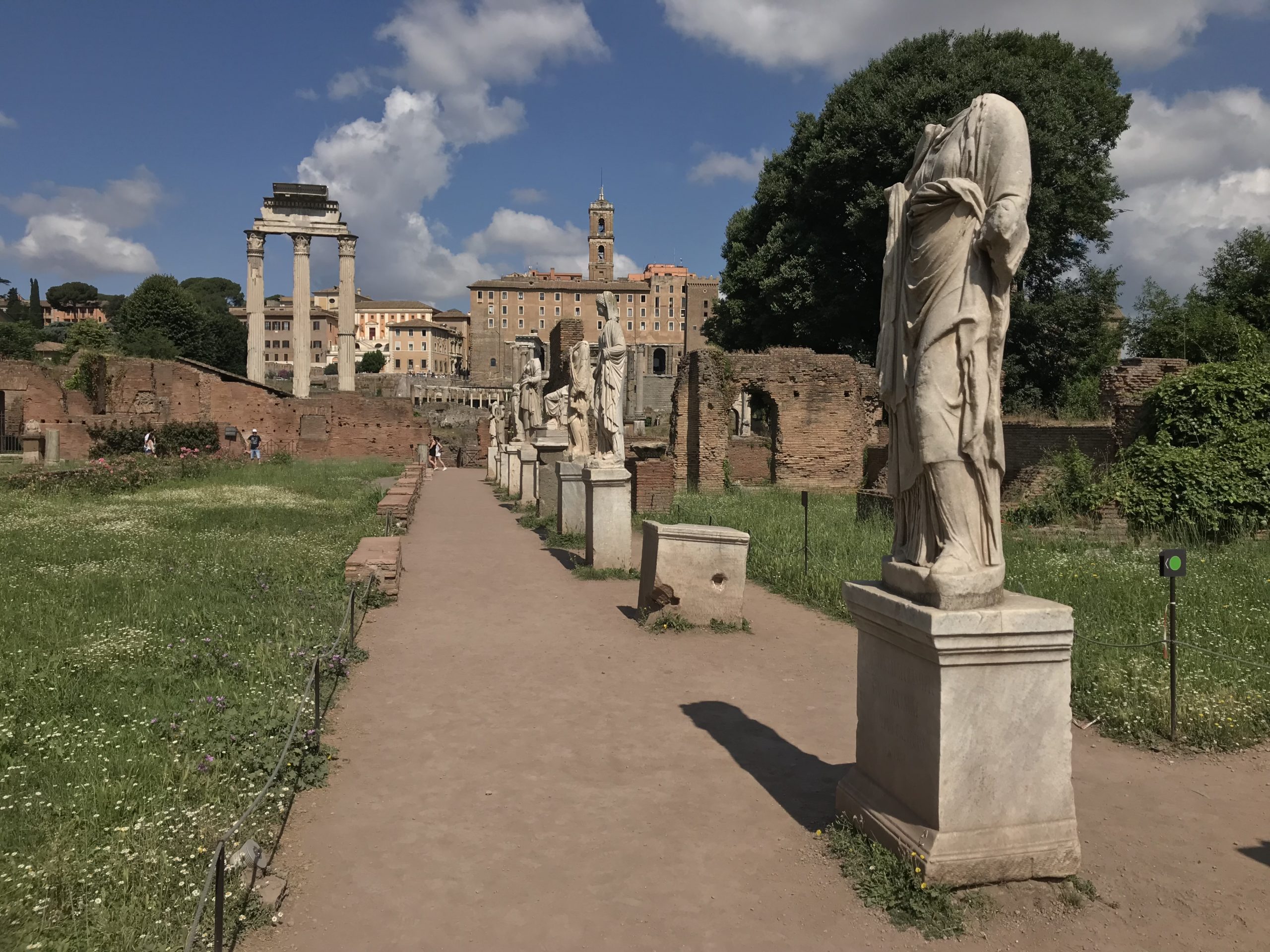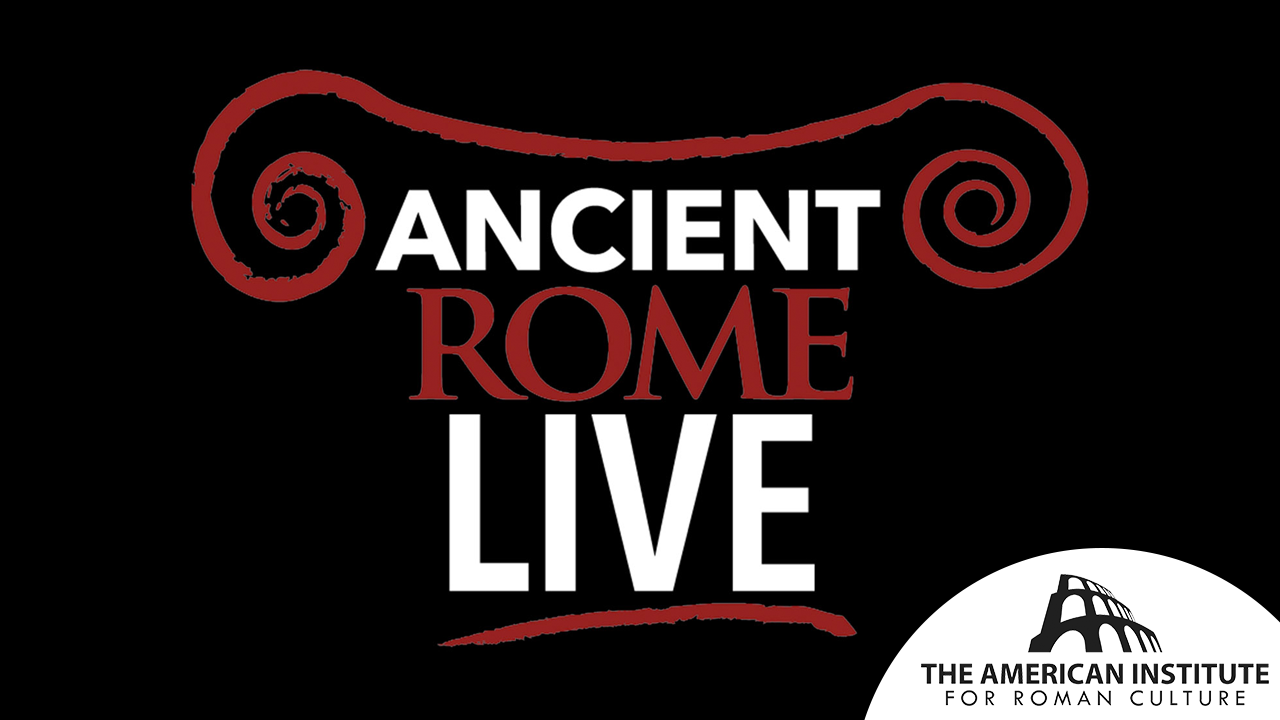Start with our video overview:
Considering the different natural disasters that have affected Rome throughout the centuries, it is understandable how the many different layers of the city came to exist. After each event of mass destruction, the city was rebuilt on top of itself, burying the previous layers, again and again.
Read More
Throughout Rome’s history, the Tiber has undoubtedly been a fundamental element to development of the city, though it has also been a cause of destruction. There are many records, notably from ancient Roman historian Livy, mentioning the frequent, intense floods that have wrecked the city, mainly the areas directly adjacent to the Tiber. The Campus Martius area was particularly vulnerable, due to its location by the banks of the Tiber, beneath the Quirinal and Capitoline hills. Today, ancient marble slabs marking the flood levels are still visible in the Via di Ripetta, a historically important street in the Campus Martius region.
Fires have also caused considerable destruction in Rome. The ancient city was crowded and overpopulated, with narrow streets filled with debris. The upper floors of apartment buildings (insulae) were made of wood, allowing changes and expansions to the original constructions. These homes were heated and illuminated by candlelight, thus prone to fires. One of the most well known and destructive fires was the Great Fire of Rome, during the emperor Nero’s reign (54-68 CE). The fire started during the hot and dry summer of 64 AD and devastated most of the city, leaving few areas untouched.
Perhaps the most conspicuous damage still visible in Rome today has been caused by earthquakes. A portion of the outer ring of the Colosseum was destroyed by an earthquake in 1349. The foundation of the destroyed portion was constructed on alluvial deposit (consisting of sand, clay, and organic matter), while the remaining sections were built on solid and resistant bedrock. The destruction of the Constantinian Basilica in the Roman Forum was has been attributed to the same earthquake.
The use of spolia in post-antique Roman buildings caused considerable, though less apparent, damage. Spolia, meaning “spoils” in Latin, is when an architectural fragment is taken out of its original context and reused in a newer building or monument. Many materials, including marble and bricks, were removed from ancient temples and monuments to be “recycled” for use in the construction of new buildings during the Middle Ages and Renaissance. There are countless examples of architectural spoliation visible in modern-day Rome, including portions of ancient marble slabs and decorative cornices on building facades and ancient marble columns delineating naves in churches.
Bibliography
- “Roman Architectural Spolia” by Dale Kinney – https://www.jstor.org/stable/1558268
- “The Burning of Rome Under Nero” by Ch. Hulsen – https://www.journals.uchicago.edu/doi/epdf/10.2307/496880
- “The Environmental Fall of the Roman Empire” by Kyle Harper – https://www.jstor.org/stable/24711581
- “Some Observations on Nero and the City of Rome” by Eric M. Moormann – https://www.jstor.org/stable/10.1163/j.ctv2gjwwd8.29
This content is brought to you by The American Institute for Roman Culture, a 501(C)3 US Non-Profit Organization.
Please support our mission to aid learning and understanding of ancient Rome through free-to-access content by donating today.
Cite This Page
Cite this page as: Darius Arya, The American Institute for Roman Culture, “Destroying Rome” Ancient Rome Live. Last modified 04/11/2023. https://ancientromelive.org/destroying-rome/
License
Created by The American Institute of Roman Culture, published on 10/24/2019 under the following license: Creative Commons: Attribution-NonCommercial-ShareAlike. This license lets others remix, tweak, and build upon this content non-commercially, as long as they credit the author and license their new creations under the identical terms. Please note that content linked from this page may have different licensing terms.



